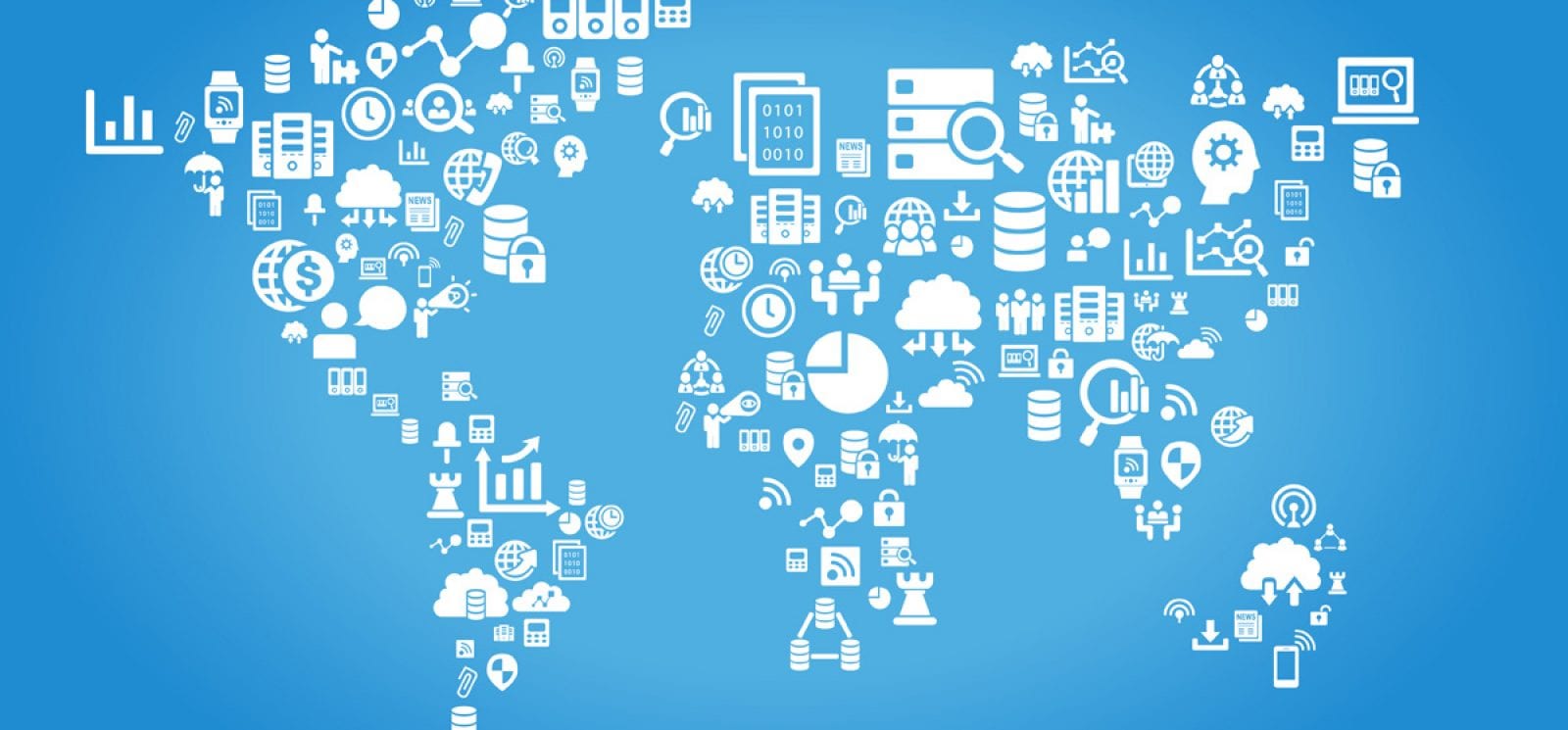First responders at a collapse site call up the building’s satellite imagery, and atop the picture is a list of all buildings tenants, location of their offices, how many people work for them … even their latest social media posts.
Understanding where people live and the constraints of their environments is paramount to governments and public safety. From the 15th century Age of Exploration map to today’s interactive mobile navigation maps, geography has been a key driver for policy decisions or geopolitical events. Merriam-Webster defines Geography as the “science that deals with the description, distribution, and interaction of the diverse physical, biological, and cultural features of the earth’s surface.” Historically, geographic artifacts, all the things we can observe — such as waterways, mountains and human-built buildings and roads, have always been captured in maps and documents.
Static and Dynamic Data Need to Mix
Thanks to the emergence of geographic information systems (GIS), maps have now become electronic documents excelling at describing these physical attributes, terrains and features. For vast geographical domains, however, such as Human Geography (the study of communities, cultures, economies and interaction with the environment), products are mostly–captured across disconnected tools with analysts capturing their knowledge in textual descriptions, articles and spreadsheets.
With the rise of countless data sources produced by the information revolution – blogs, drone video feeds, social media and more – the chasm between static GIS maps and the volatility of unruly real-time information sources continues to expand.
This mix of static and dynamic data is an enormous challenge for Geospatial Analysis, who are grappling with questions like:
- How can all aspects of reality be captured in a unified view to allow analysis of the world as it is, at this moment in time, to make better decisions, faster?
- As government agencies integrate information from various sources such as news media outlets and crowdsourcing, how can they determine who to trust?
- How can they merge geospatial information? How do they disseminate it securely?
Data Linkages Are Crucial
If data integration challenges of geo data and everything-else-data were not daunting enough, globalization and hyper-connectivity within regions require us to capture and understand very complex relationships between people, events, and locations in order to leverage this new geospatial phenomenon.
In his book, CONNECTOGRAPHY: Mapping the Future of Global Civilization, Parag Khanna analyzes these dependencies. He concludes, “It is time to re-imagine how life is organized on Earth. We’re accelerating into a future shaped less by countries than by connectivity. Mankind has a new maxim – Connectivity is destiny – and the most connected powers and people will win.”
At first, such concepts may seem irrelevant to a geospatial analyst’s concerns, but everyday events reinforce the importance of relating GIS data to human-created data (news, social media, events) to have a more thorough understanding of world events.
For example, in the past, the United Nations used historical maps to predict refugees’ migration during conflicts or natural disasters; well-established corridors, major roads and navigation channels never failed to deliver refugees after major events. The work of the UN was simpler decades ago than it is today – as it could predict where to build camps to assist and process refugees weeks before the first population movement. But terrain is no longer dictating the routes people take.
As illustrated with the Syrian’ refugee crisis, groups of well-connected and well-informed refugees use their mobile phones to receive the latest information about checkpoints and closed border crossings. Their behaviors can change in real-time as they explore new routes to reach their destination. (A recent Techfugees panel described how casualties would be much higher without technology to help.)
But for aid groups, this volatility impacts planning and intervention. Some camp locations are empty while in others there is overcapacity and lack of provisions. This dramatic example shows how a simple geospatial analysis problem becomes insurmountable if organizations are unable to react correctly if they can not quickly integrate news feeds that are shared across a community, speaking the same language, with geospatial migration models.
Rise of the Multi-Model DBMS
Fortunately innovative solutions are revolutionizing how governments are addressing the above challenges. With multi-model databases that can incorporate triples, geospatial and “unstructured” data (e.g., JSON or XML) federal geospatial and Combatant Commands are thinking beyond static maps and are now able to integrate large variety of data sources in real-time. They can capture complex relationships between concrete and abstract concepts and objects to improve mission outcomes. On a domestic front, this geospatial intelligence provides a situational awareness that immediately provides all pertinent information.

To learn more about the GIS revolution, refer to the GovLoop’s Pocket Guide, “Geospatial Analysis: Breaking down what you need to know.” It provides reviews of practical case studies and leaves you with the conviction that we are ready to make a change in the way we store and access geospatial data to capture and analyze the entire world as it is – in all it richness and complexity.


Latest Stories in Your Inbox
Subscribe to get all the news, info and tutorials you need to build better business apps and sites
